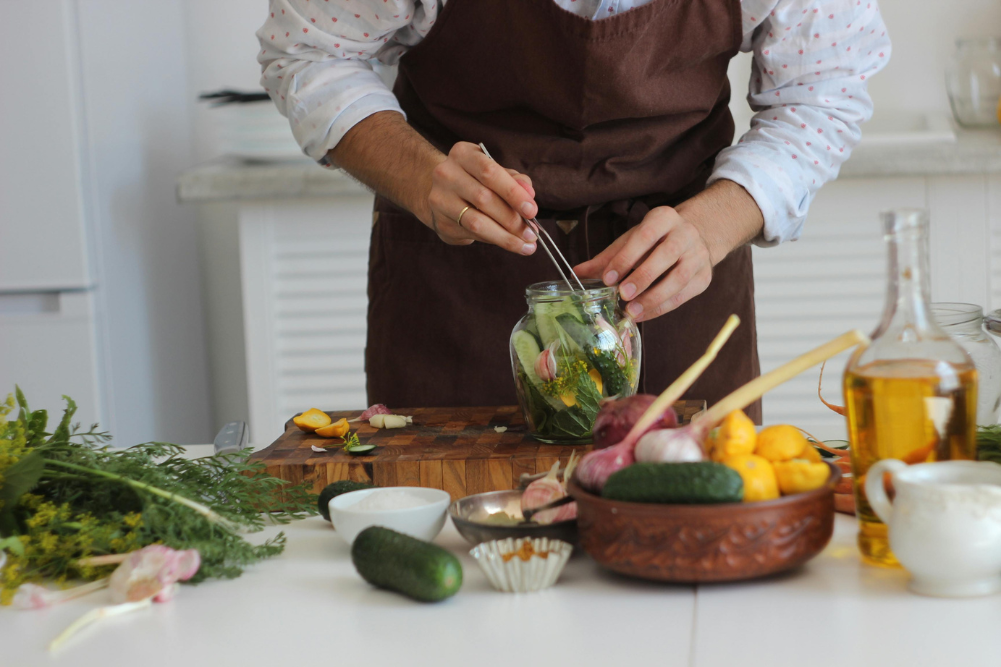How do breast cancer cells survive even with radiotherapy?
Over 17 thousand breast cancer cases were diagnosed in 2017 and it’s the most common cancer type amongst women in Australia.
Naturally many studies are undertaken to understand this disease and to find methods of treatment and cure.
One such study found that a natural healing mechanism produced by the body may actually be reducing the efficiency of radiotherapy in breast cancer patients.
Scientists at the University of Alberta found that adipose tissue or breast fat becomes inflamed by tumour-derived cytokines. Under normal circumstances this would promote healing but in the case of cancer it enables the cancer cells to survive.
The production of autotaxin and the inflammatory process ends up protecting the cancer cells allowing them to survive and protect them from destruction.
The researchers exposed rat and human adipose tissue to radiation doses similar to levels given to breast cancer patients during radiation therapy.
This increased autotaxin production, an enzyme which initiates the would-healing process, and it also starts a general inflammatory response which enables healing.
Breast cancer patients usually undergo 25 daily doses of radiation therapy to the whole breast after surgical removal of the tumour to ensure that remaining breast cancer cells are destroyed.
But the production of autotaxin and the inflammatory process ends up protecting the cancer cells allowing them to survive and protect them from destruction.
The team is now seeking ways to counteract this effect and are now working on an experiment to inhibit autotaxin, which can counter act the wound healing process and improve the effectiveness of the radiotherapy.
The scientists believes that by inhibiting autotaxin, the body will be able to use its natural immune system to attack the residual cancer cells particularly as they are already damaged.
The future of this study holds great promise not only for breast cancer but for other sub-types of cancer and perhaps the same strategy can be applied to improve the efficacy of chemotherapy in the treatment of other types of cancer.
In the meantime it’s best to approach breast cancer from a preventative approach and get regular check-ups.
Source: The FASEB Journal








